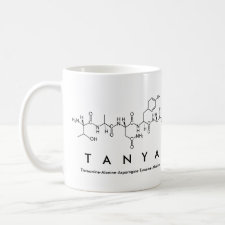
Authors: Sergeyeva TA, Piletskii SA, Piletskaya EV, Brovko AA, Sergeeva LM, El'Skaya AV
Article Title: Synthesis of matrix polymeric membranes for the solid-phase extraction of triazine herbicides from aqueous solutions and their study.
Publication date: 2003
Journal: Reports of National Academy of Sciences of Ukraine
Volume: 6
Page numbers: 170-175.
Abstract: Molecularly imprinted polymer membranes were synthesized and used for solid-phase extn. of atrazine from dild. aq. solns. The membranes contg. artificial recognition sites for atrazine were prepd. by co-polymn. of methacrylic acid, tri(ethylene glycol) dimethacrylate, and oligourethaneacrylate in the presence of atrazine. This resulted in formation of the molecularly imprinted polymer in the form of thin, flexible, and mech. stable membranes. Extn. of template mols. lead to formation of sites in the polymeric network, which are complementary to atrazine in shape and arrangement of functional groups. Several org. solvents as well as different polymeric porogens were used to obtain membranes with high fluxes. Ref. polymeric membranes were prepd. with the same monomer compn. but in the absence of atrazine. The atrazine-imprinted membranes showed high affinity to atrazine together with the significantly stronger adsorption capability to this herbicide than to structurally similar compds. (simazine, prometryn, metribuzin).
Template and target information: atrazine



Join the Society for Molecular Imprinting

New items RSS feed
Sign-up for e-mail updates:
Choose between receiving an occasional newsletter or more frequent e-mail alerts.
Click here to go to the sign-up page.
Is your name elemental or peptidic? Enter your name and find out by clicking either of the buttons below!
Other products you may like:
 MIPdatabase
MIPdatabase









